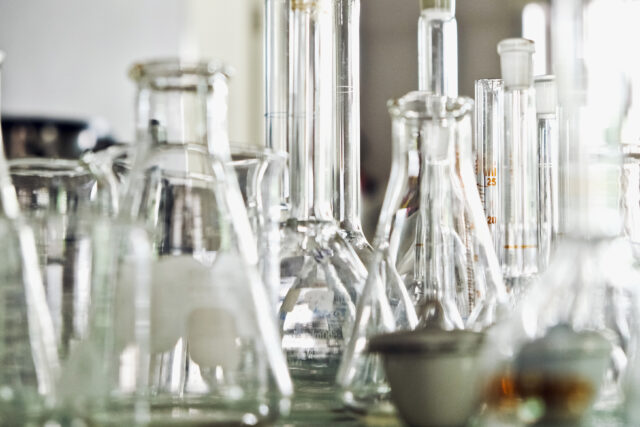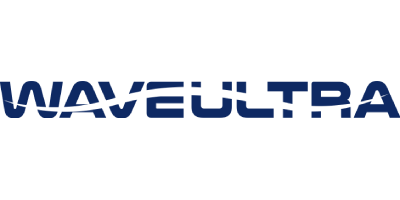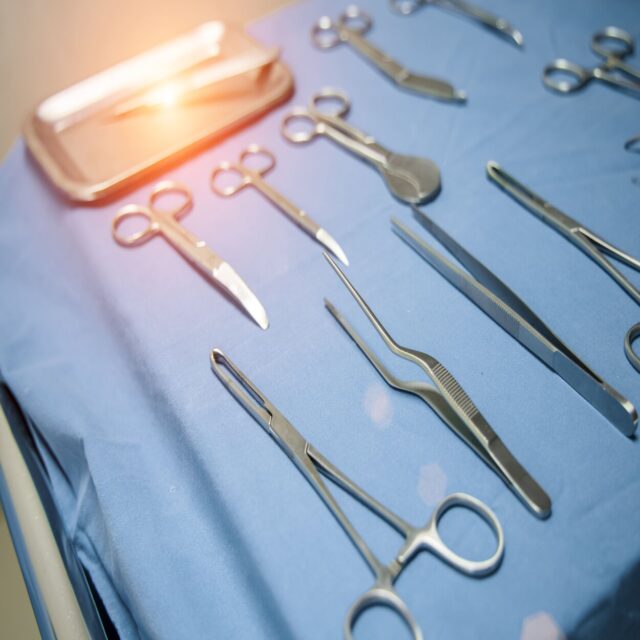Shining Light on Healthcare: The Transformative Power of Ultrasonic Cleaning
In healthcare, where precision, efficiency, and hygiene are paramount, technological advancements continue to reshape practices for the better. Among these innovations, ultrasonic cleaning stands out as a game-changer. Utilizing high-frequency sound waves to cleanse delicate instruments and equipment thoroughly, ultrasonic cleaning has become an indispensable tool across various sectors within the healthcare industry. Let’s delve into the applications of ultrasonic cleaning in laboratories, dental practices, and hospitals, highlighting its transformative impact on hygiene protocols and patient care.
Understanding Ultrasonic Cleaning
Before we explore its applications, let’s grasp the fundamentals of ultrasonic cleaning. At its core, ultrasonic cleaning involves the use of ultrasonic waves generated by a transducer immersed in a cleaning solution. These waves create millions of microscopic bubbles through a process called cavitation. As these bubbles implode near the surface of objects being cleaned, they dislodge contaminants, effectively scrubbing away dirt, bacteria, and other impurities. This process reaches even the most intricate crevices, ensuring thorough cleanliness without causing damage to delicate instruments.
Key Advantages of Ultrasonic Cleaning in Healthcare
-
- Thorough Cleaning
Ultrasonic cleaners penetrate intricate surfaces and hard-to-reach areas, ensuring thorough removal of contaminants that may harbor bacteria and compromise hygiene standards. - Non Destructive
Unlike abrasive cleaning methods, ultrasonic cleaning is gentle on delicate instruments, preserving their integrity and prolonging their lifespan. - Time & Labor Efficiency
Ultrasonic cleaners automate the cleaning process, reducing the need for manual scrubbing and freeing up valuable time for healthcare professionals to focus on patient care. - Environmental Safety
Ultrasonic cleaning minimizes reliance on harsh chemicals, promotes eco-friendly practices, and reduces the environmental impact of healthcare operations.
- Thorough Cleaning
Laboratory Industry
In the realm of laboratories, accurate results hinge on pristine labware and equipment. Ultrasonic cleaning excels in this arena, offering:
-
- Thorough cleaning of sensitive labware
Pipettes, test tubes, and delicate glassware are gently yet effectively cleaned, eliminating microscopic contaminants that might skew results.
- Thorough cleaning of sensitive labware
-
- Enhanced biocompatibility
Ultrasonic cleaning minimizes chemical residue, ensuring biocompatibility with assays and preventing interference with sensitive experiments.
- Enhanced biocompatibility
-
- Automating the cleaning process
Ultrasonic cleaners offer efficient batch cleaning, saving valuable time and resources for researchers.
- Automating the cleaning process
-
- Flexibility and Adaptability
Contrary to the misconception of rigidity, SPMs can be designed with modular components and programmable features, offering flexibility to adapt to changing production needs.
- Flexibility and Adaptability
Dental Industry
For dentists, ensuring instrument cleanliness directly translates to patient safety and trust. Ultrasonic cleaning plays a crucial role in this delicate dance:
-
- Superior cleaning of dental instruments
From intricate burrs to delicate handpieces, ultrasonic waves penetrate every crevice, removing blood, tissue, and biofilms effectively.
- Superior cleaning of dental instruments
-
- Reduced risk of cross-contamination
The thorough cleaning process minimizes the risk of spreading infections between patients, upholding the highest hygienic standards.
- Reduced risk of cross-contamination
-
- Orthodontic Appliance Cleaning
Patients undergoing orthodontic treatment often use braces, aligners, and other orthodontic appliances that require regular cleaning to prevent plaque buildup and maintain oral health. Ultrasonic cleaners offer an effective solution for cleaning orthodontic appliances, and removing food particles, bacteria, and plaque from the intricate surfaces of braces, wires, and aligners.
- Orthodontic Appliance Cleaning
Hospital Industry
Within the hospital environment, where sterile instruments are vital for surgical procedures and patient care, ultrasonic cleaning shines brightest:
-
- Effective cleaning of complex surgical instruments
From laparoscopic tools to delicate dental implants, ultrasonic waves reach every blind hole and intricate lumen, ensuring complete sterility.
- Effective cleaning of complex surgical instruments
-
- Reduced risk of hospital-acquired infections (HAIs)
Thorough cleaning minimizes the presence of harmful pathogens on instruments, leading to a significant reduction in HAI rates.
- Reduced risk of hospital-acquired infections (HAIs)
-
- Efficient and standardized cleaning process
Ultrasonic cleaning offers a standardized and automated approach to sterilization, minimizing human error and ensuring consistent results.
- Efficient and standardized cleaning process
The Future of Clean: Innovation on the Horizon
The future of ultrasonic cleaning in healthcare is promising, with continuous advancements on the horizon:
- Development of environmentally friendly cleaning solutions
Eco-friendly cleaning solutions will further solidify the sustainability benefits of ultrasonic cleaning. - Miniaturization and portability
More compact and portable ultrasonic cleaners will broaden their application in field settings and smaller clinics.
Conclusion: A Symphony of Cleanliness
Ultrasonic cleaning has emerged as a transformative force in the healthcare industry, orchestrating a symphony of cleanliness across laboratories, dental clinics, and hospitals. By effectively reaching the microscopic realm and ensuring unparalleled sterilization, it promises a future where accurate results, enhanced patient care, and reduced infection risks become the norm. As technology continues to evolve, ultrasonic cleaning will undoubtedly play an even more pivotal role in safeguarding public health and driving the healthcare industry toward a cleaner, safer, and healthier future.



